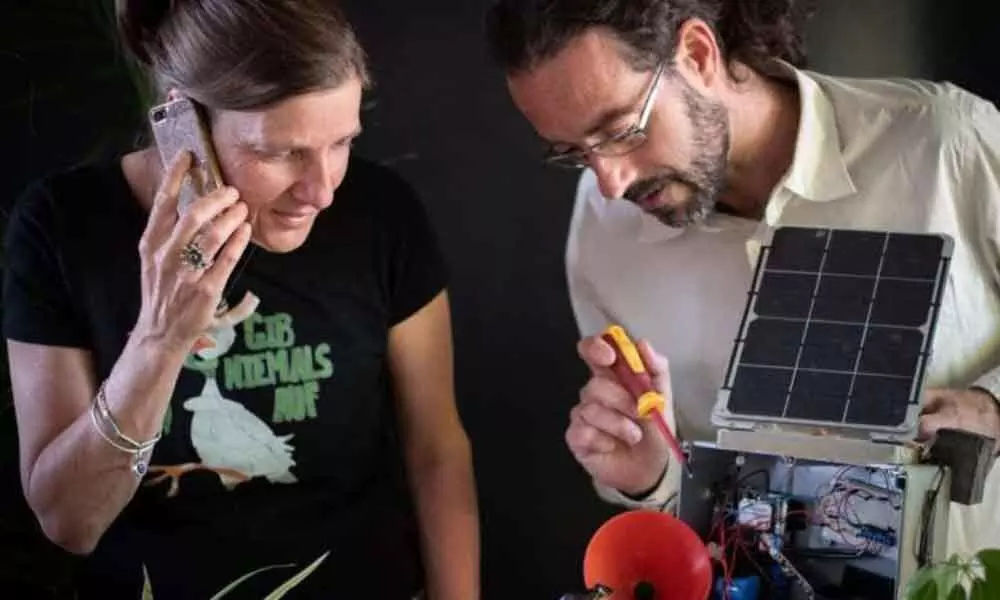Novel telephonic device used to dial-up and survey frogs in their habitat

Researchers have developed a novel device which allows scientists to call up a frog survey site and monitor the amphibians in the wild, an advance that may lead to new strategies in wildlife conservation.
Researchers have developed a novel device which allows scientists to call up a frog survey site and monitor the amphibians in the wild, an advance that may lead to new strategies in wildlife conservation.
The study, published in the journal Methods in Ecology and Evolution, noted that the device - named FrogPhone - is the world's first acoustic device based on a direct phone call that remotely surveys wildlife without the need for pre-recording and uploading the sounds. The researchers, including those from the University of New South Wales (UNSW) in Australia, said the FrogPhone allows researchers to "call" a frog habitat, any time, once the device has been installed.
"Recording devices currently used for passive acoustic monitoring are generally limited to the recording of sound, and lack the ability to capture additional environmental parameters specific for the time of each survey (e.g. temperature). They also tend to create a large data backlog as the recordings are locally stored on the device until they are collected by researchers for analysis," they wrote in the study.
According to the researchers, the new FrogPhone uses 3G/4G cellular mobile data coverage, and enables mobile phones to carry the frog calls. They added that real time frog calls can be transmitted across the 3G/4G network infrastructure, directly to the user's phone. This enables clear sound quality, and minimal background noise, allowing users to identify the calls of different frog species, the scientists said.
"We estimate that the device with its current microphone can detect calling frogs from a 100 - 150 metre radius," said study lead author Adrian Garrido Sanchis from UNSW. According to the researchers, the device enables monitoring of the local frog population with more frequency and ease. They said this was significant as frog species can act as indicators of environmental health. The study noted that the FrogPhone, which is built with a water-proof casing, combines both passive acoustic and active monitoring methods. It has a large battery capacity coupled to a powerful solar panel, the researchers said.
The device also comes with digital thermal sensors which automatically collect environmental data such as water and air temperature in real-time, they added. According to the researchers, the FrogPhone accepts incoming calls independently after three seconds.
These three seconds, they said allowed the device to activate the temperature sensors and measure the battery storage levels, with all these data automatically texted to the caller's phone. The researchers said the novel device may help reduce the costs and risks involved in remote or high intensity surveys, and minimizes potential negative impacts of human presence at survey sites.
They added that the device "eliminates the need for repeated and resource intense site visits, or a backlog of recorded data, providing a win–win situation for scientific research and environmental monitoring and management alike." The scientists said the use of the FrogPhone is currently restricted to areas with adequate 3G/4G phone coverage, while also relying on sunlight as energy source. They added that several survey devices would be needed to listen to frogs in a large area. The scientists plan to include a satellite communications module for poor signal areas, and the use of multidirectional microphones for large areas. The FrogPhone, the scientists said, uses an open-source platform -- allowing any researcher to adapt it to project-specific requirements.
















